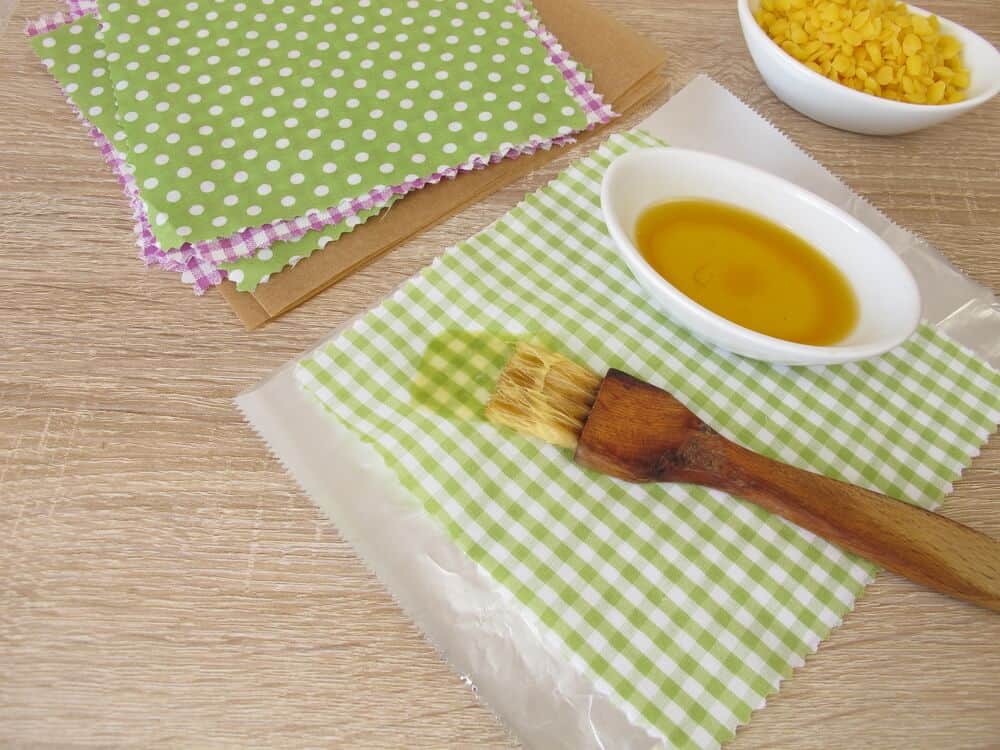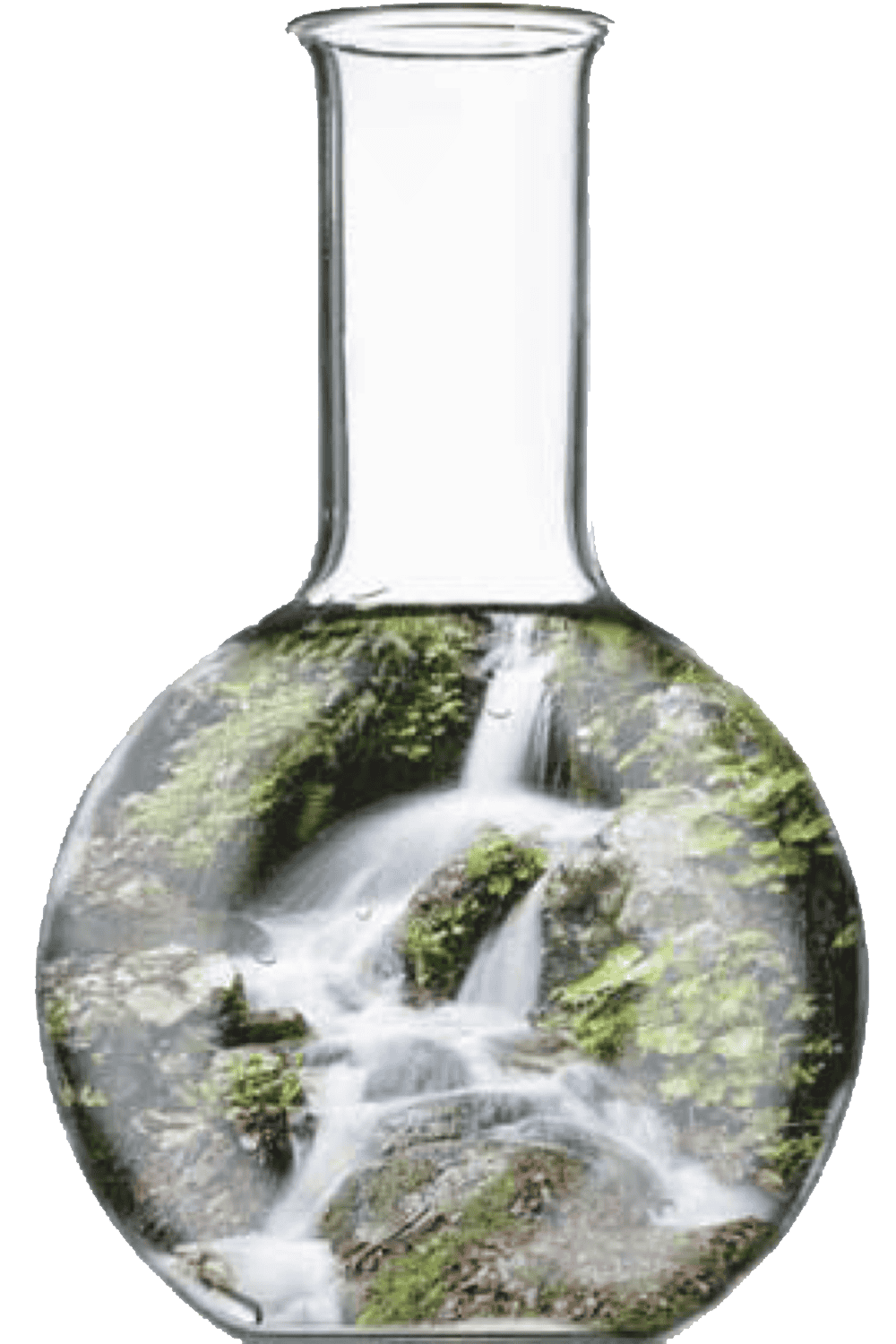 At Bliss Home Care Services we are all for finding natural and sustainable ways to make our world and our environment a safer and healthier place to live. One place to start is to make small changes in our home and everyday life. This blog is dedicated to eliminating cling wrap which is harmful to human health and ends up in landfill and in our oceans. We’re going to share how easy it is to make your own reusable bees wax wraps to replace cling wrap.
At Bliss Home Care Services we are all for finding natural and sustainable ways to make our world and our environment a safer and healthier place to live. One place to start is to make small changes in our home and everyday life. This blog is dedicated to eliminating cling wrap which is harmful to human health and ends up in landfill and in our oceans. We’re going to share how easy it is to make your own reusable bees wax wraps to replace cling wrap.
Bees wax wraps are a safe and healthy alternative to cling wrap and the best part is that it will reduce the waste each home is producing. According to the most recent statistics from National Waste Report, Australia as a nation produces 64 million tons per year. That equates to approx. 2.7 tonnes of waste every year – that’s right 2.7 tonnes of waste in 365 days! Let’s say no to cling wrap and reducing waste.
Why Is Cling Wrap So Bad?
All plastic products are made up of chemicals and there have been many reports and findings over the years that these chemicals seep into our food and drinks and eventually cause many harmful health concerns.
It’s also a non-recyclable product and ends up in landfill or litter in our streets and eventually finds its way into our beautiful oceans, affecting our environment, wildlife and sea life.
What Is A Safe Alternative?
Firstly, say no to cling wrap and replace it with a safer and healthier alternative – bees wax wraps which are reusable and incredibly easy to make at home.
Given that it’s the beginning of the school holidays here in Melbourne, Australia making your own bees wax wraps to replace cling wrap is a great activity to get the kids involved in. They can make their own colourful, bright and reusable bees wax wraps that the whole family can use in 4 easy steps. All you need are 6 items and you have a whole lot of fun ahead of you!
What You Will Need
Step 1
Preheat oven to 180 degrees Celsius. Place your bees wax bar in an oven proof container and insert into the oven until it’s completed melted. This normally only takes 5-10 minutes. Do not use a microwave to melt the bees wax.
Step 2
Place an old towel or blanket on a flat surface to protect your surface. Cut out squares or circles from your sheets of baking paper and cotton fabric.
You can make a variety of sizes to suit different sized bowls and for sandwiches. Ensure you cut the baking paper a little larger than the fabric for any overflow and drizzles.
Step 3
Dip your brush into the melted wax and paint it onto the fabric squares with a small clean brush or pastry brush. Start at the top and work your way to the bottom to ensure a smooth and even coverage.
Just a small amount of the wax is sufficient, don’t use too much wax on the fabric as this will cause it to crack. Turn the fabric over gently and repeat on the other side.
If you’ve used a thin fabric, the melted bees wax may have seeped through to the other side to coat the entire fabric.
Repeat this process until you’ve used all the beeswax and fabric.
Step 4
Once both sides of the fabric has been evenly coated and you’re happy with the bees wax wrap, lift the corners from the baking paper gently and hang it to dry.
And there you go, you have made your very own bees wax wraps! Just remember that they are not air-tight so we do recommend using them to cover foods that will be eaten within a day such as sandwiches, a bowl of food or fruit. It is not recommended to use them on perishable items such as fresh meat, fish or poultry.
You can simply maintain your beeswax wrap by rinsing them clean after use with cold water and mild soap. If you used hot water it would melt the wax. Air dry the wrap on your dish rack or on a towel on a flat surface. They can be reused time and time again.
Help to spread the word on how easy it is to make small changes to make a big difference. You may also be interested in reading our article Reduce Waste at Home where we share our top five ideas to inspire you to make more changes to your daily habits and further reduce waste at home.
When we established Bliss Home Care Services we decided we wanted to be an innovative cleaning company that uses only earth friendly cleaning products. The products, together with our proven earth friendly cleaning practices ensure the highest grade of cleaning for homes and offices which is not only safe for our environment but for families, pets and children.
One of our favourite cleaning products is Biological Cleaner. This product is a general purpose cleaner that contains active “good” bacterial ingredients and is the perfect alternative to harsh chemical solutions. The active bacterial ingredients means that it is able to effectively remove grease, grime, dirt and soap scum that is commonly found throughout all homes. The most important thing about this product, apart from the fact that it’s a highly effective cleaning product, is that it’s 100% chemical free, is biodegradable and non-hazardous.
This natural, earth friendly cleaning product is even effective enough to be used to keep bathrooms and restrooms free of germs and build up of unhealthy bacteria, mould and soap scum. It is often used to clean busy washrooms, urinals and toilets and is much safer for the environment and human health in comparison to chemical cleaning products.
When considering purchasing cleaning products please ensure you choose wisely and carefully to maintain and protect this beautiful planet we live on, now and into the future.
The revolutionary environmentally friendly cleaning product is based on Bio-bacterial technology. It consists of billions of friendly bacteria that target and digest organic matter eliminating the source of cleaning problems rather than masking them.
Enzyme and bacteria cleaning products or in are composed of living bacteria and or enzymes that break down and softens organic soils like fat, proteins, carbohydrates and grease, while simultaneously eliminating bad odours.
Enzyme and bacteria cleaning products present an alternative to harsher chemical solutions, like solvents and strong acids or alkalis. They are more user-friendly than products with extreme pH.
The process by which enzyme and bacteria cleaners work is important to understand. When a bacteria product is applied, the microorganisms, which have been dormant, begin to grow and digest the waste that is present and is used as their food source; and the bacteria in turn multiply.
Since bacteria does not have a mouth, they breakdown and metabolize waste by producing enzymes. The waste that has been broken down is now small enough to be absorbed through the bacteria cell wall. Once the waste particles are inside the cell they can be broken down and used as a fuel and energy source, allowing the cell to reproduce again and again, thus repeating the process. As long as organic soils are available as a food source the process will continue.
Straight enzyme cleaners are products that contain only the enzymes, which have been separated from the bacteria that produce them. These products also breakdown soils like grease, starches, and proteins. Once the enzymes have done their job, they are used up and cannot reproduce themselves; in turn they will not be able to degrade any more waste.
This process guaranties natural way to treat common cleaning problems with no need for harsh chemical cleaners, making cleaning process simpler, healthier and environmentally friendly cleaning.
Until recently and even at present time, most cleaning companies cleaned for appearance which is what their clients were looking for. However, more and more home owners are concerned with the chemicals that are used in their homes and are looking for better alternatives. Green cleaning is not only cost effective, but it is better for a home’s indoor air quality and making it better environment for families.
But with so many products on the market these days, how do you know which ones are truly "Green"? Here are some suggestions on what to look for when choosing green cleaning products:
Once you've decided to make the switch to green cleaning products, use this as your guide for making the right choices.